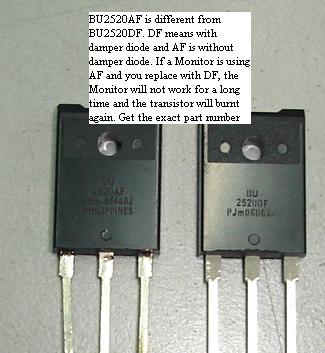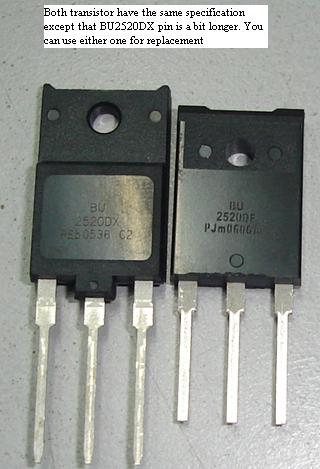The Importance of Transistor Cross Reference, Datasheet, Equivalent and Specification.
All electronic repairers should know how to read the transistor cross reference equivalent book if they want to succeed in electronic repairs. The data sheet is very important for every engineers and technicians because it can help them to find the nearest replacement for the components that they are searching such as the transistor, scr, mosfet, ic, diode and other components.
The famous transistor cross reference book is the Philip ECG semiconductor master replacement guide. In the content you can find all kind of electronic components specification and ic schematic too. It is one of the must ‘have’ semiconductor guide for those who love electronic troubleshooting. The internal diagram or layout of ic is clearly drawn and the transistor parameters were also listed in this book.
The price of this guide is not expensive and as an electronic repairer you should buy one. Just imagine without this book, you will be facing difficulty finding the right component for substitution.
In this book, many types of transistor data and specification were listed such as the bipolar transistor, silicon controlled rectifier, fet field effect transistor (Mosfet), junction field effect transistor (jfet), signal transistors, high voltage transistor such as the horizontal output transistor (HOT), silicon power transistor, surface mounted transistor, digital transistor and many other types.
Although you can find a substitution part number from the normal transistor data guide book, the ECG philips master replacement book is more informative.
The normal transistor replacement book only provide the voltage (v), current (amp) and wattage (w) rating for HOT but the ECG master equivelent guide show beyond than that such as the frequency , current gain (hfe) and the outlook too . Other than HOT, the normal transistor data book gives a superb or quite accurate comparison part number for you to refer.
There is one secret that I want to share to you about transistor crossreference equivalent. If you are searching substitution part number for a signal transistor, a higher voltage, ampere, and wattage will be enough but not in the case if you want to find a substitution part number for horizontal output transistor (HOT). Higher voltage, ampere and wattage will not always work because there is few more parameter that you need to take into consideration.
You may ask why the transistor blow even if it has a higher voltage, higher current and higher wattage compare to the original one. The other parameter that you need to see is the switching time which we call it the storage and fall time. Different HOT have different spec, if you really want to find a substitution for HOT, make sure you check out the storage and fall time parameter besides the higher voltage, current and wattage rating.
Searching the internet for the components specification is easy-just type in the component part number follow by datasheet, data sheet, specification, spec, data, equivalent, part number, identification, marking, pinout, types, codes and cross reference. Usually the manufacturer’s website will appear and follows by other electronic supplier website. Click on the websites that you think is relevant to your search and hope you will get what you are searching.
Comparison Of Horizontal Output Transistor
As for the above secret, actually I have tested on quite a numbers of Monitor with the storage and fall time slightly out from the original parameter. After the replacement, the Monitor works fine but only for a very short period before it gets very hot.
If I continue to let the Monitor run, I believe the HOT will blow! When I replaced the HOT with another equivalent part number that have the specification about the same as the original one, (especially the storage and fall time), the Monitor run perfectly well.
My rule of thumb is, always get the exact part number first before using other number that you found from transistor cross reference book.
|
|
Copyright@ 2006-2014-www.ElectronicRepairGuide.com All Rights Reserved




